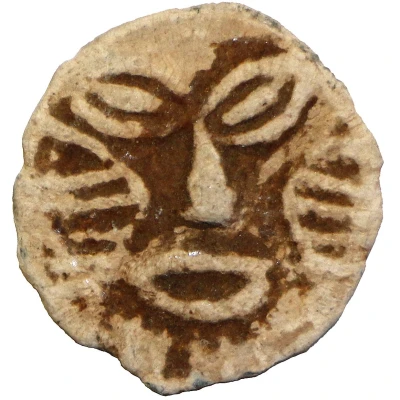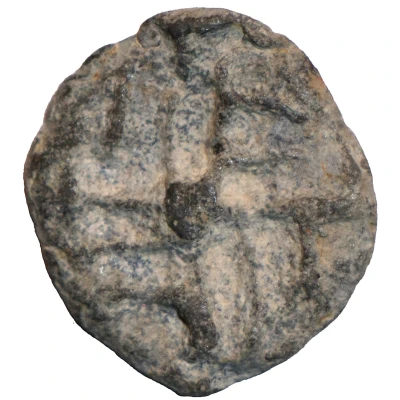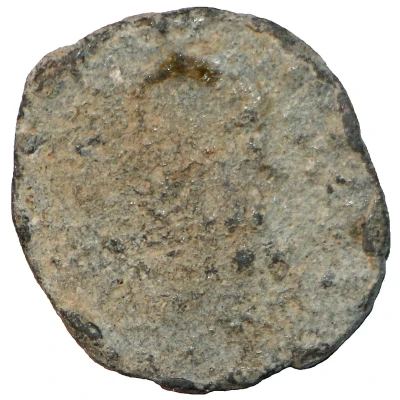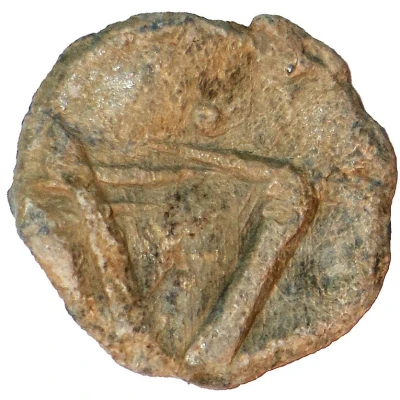


© John Conduitt (CC BY-SA)
Lead Token Heads or busts, Powell Type 10 ND
| Lead | 1.8 g | 11 mm |
| Location | United Kingdom (United Kingdom, British Overseas Territories and Crown Dependencies) |
|---|---|
| Type | Trade tokens › Work encampment, mine and wage tokens |
| Years | 1670-1820 |
| Composition | Lead |
| Weight | 1.8 g |
| Diameter | 11 mm |
| Shape | Round (irregular) |
| Demonetized | Yes |
| Updated | 2024-11-14 |
| Numista | N#345898 |
|---|---|
| Rarity index | 97% |
Reverse
Quartered, pellets in opposite quarters, hatching in opposite quarters (Powell Type 12)
Comment
Powell's classification (http://www.mernick.org.uk/lnc/dpowell/leadtokens.htm):Heads or busts (Type 10). Most of these are pseudo-coin designs which mimic the obverses of major series, e.g. Edward I pennies, although that is not invariably so. Pieces which mimic Cantian Celtic, Roman or other ancients are also occasionally seen. Whole bodies, rather than heads, are type 32, whilst other isolated body parts, e.g. hands or legs, go in type 27.
It is not clear what the many varieties of lead token were used for. Uses included as hop tokens; for tallying of bushels; as ferry tokens; counters; gaming counters; small change; for ecclesiastical purposes; or for other agricultural uses.



